Previous Day - Next Day
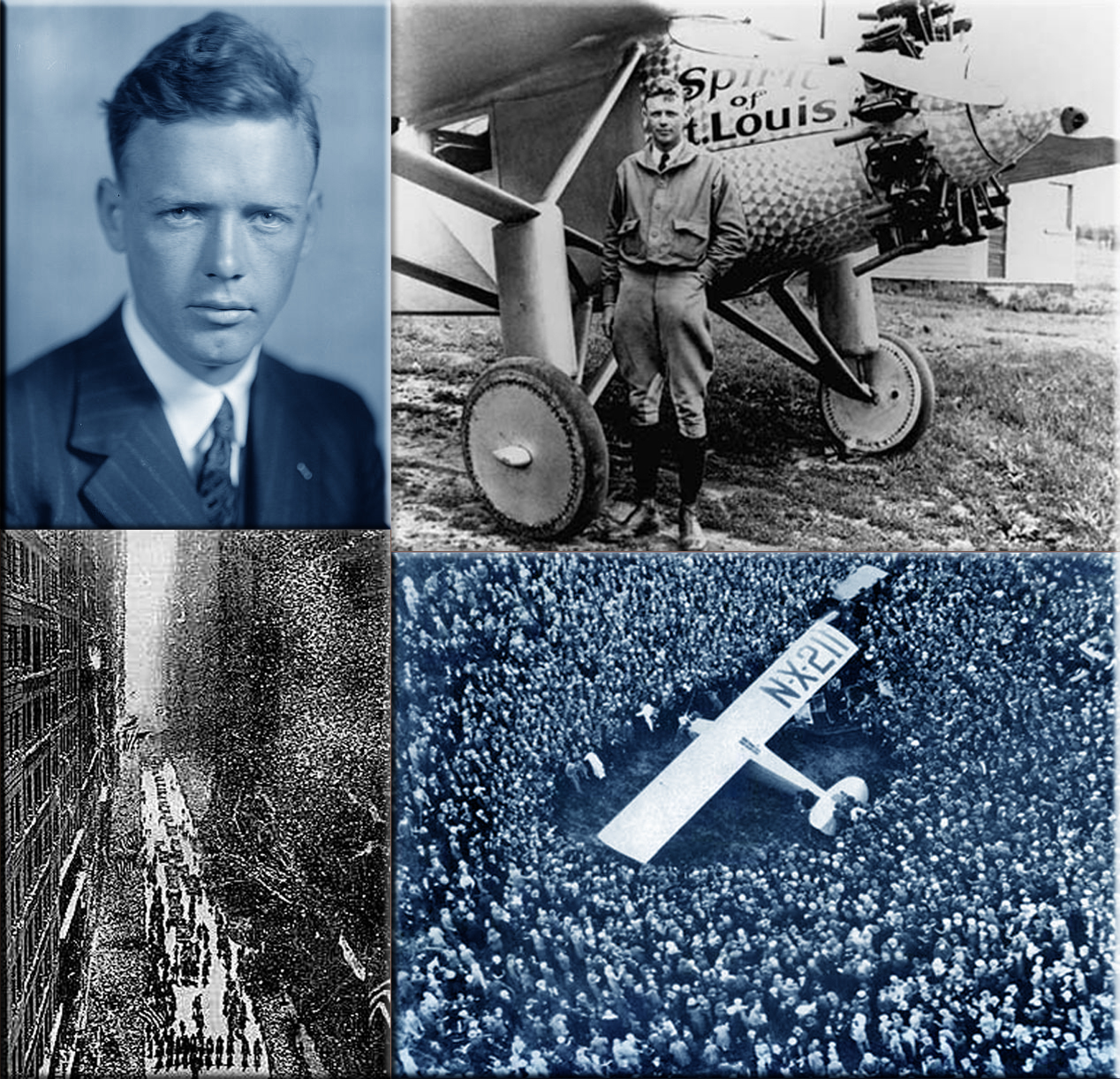
“If I had to choose, I would rather have birds than airplanes.”
~ Charles Lindbergh
Wikiquote (Charles Lindbergh (February 4, 1902 – August 26, 1974) was an American aviator and writer who rose to fame after he piloted the first solo non-stop flight across the Atlantic Ocean in 1927.)

February 4th, 211
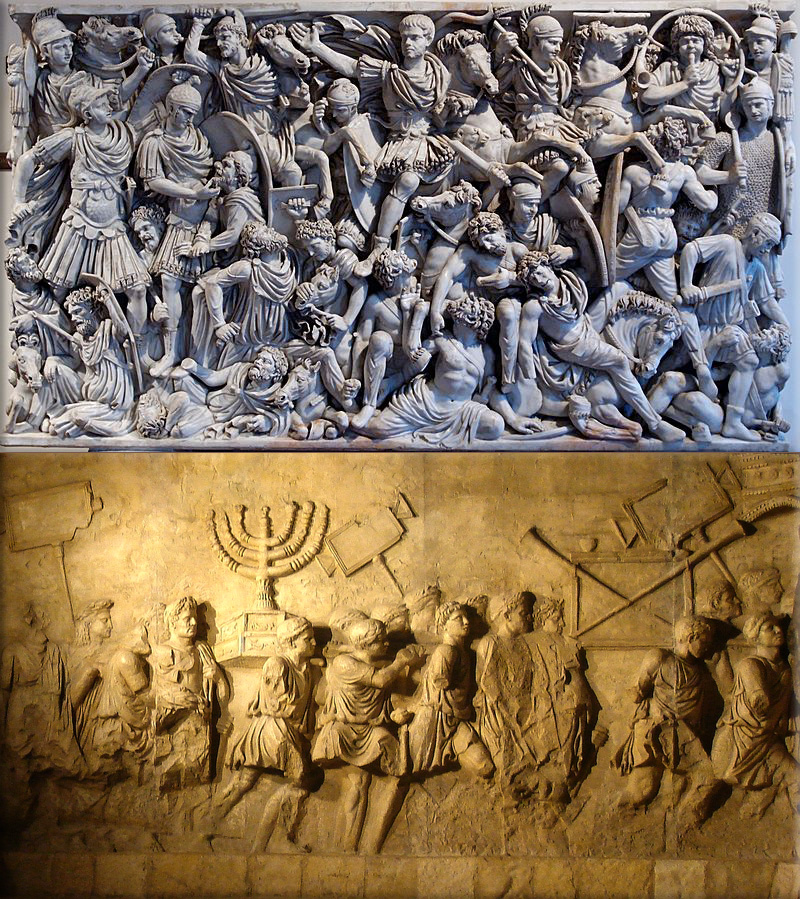
Roman Empire:
211 - Roman Emperor Septimius Severus dies at Eboracum (modern York, England) while preparing to lead a campaign against the Caledonians. He leaves the empire in the control of his two quarrelling sons.
Wikipedia Image: Relief from a 3rd-century sarcophagus depicting a battle between Romans and Germanic warriors; the central figure is perhaps the emperor Hostilian / Depiction of the Menorah on the Arch of Titus in Rome.
February 4th, 960
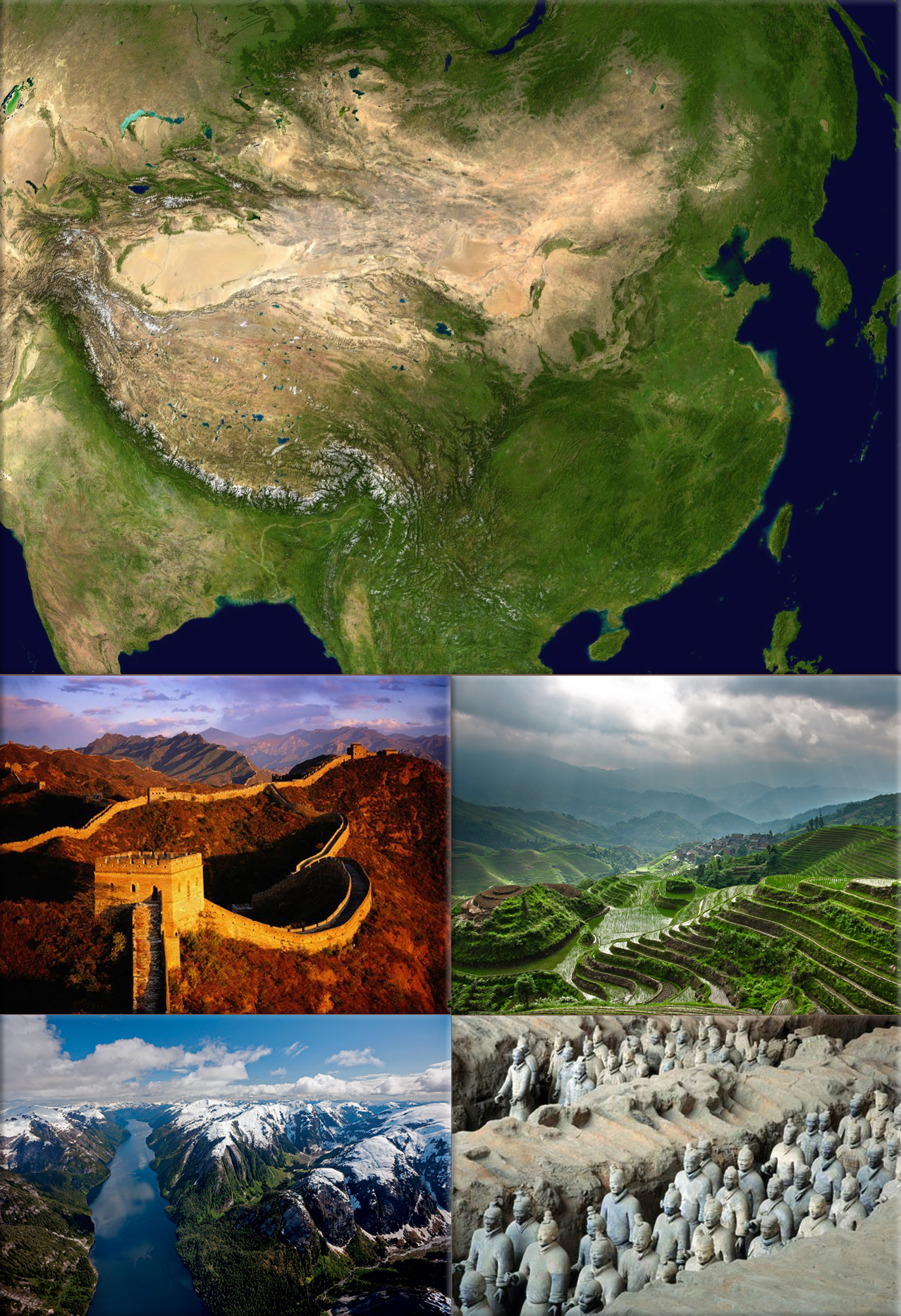
China - Song Dynasty:
960 - The coronation of Zhao Kuangyin as Emperor Taizu of Song, initiating the Song Dynasty period of China that would last more than three centuries.
Wikipedia Photo: China from NASA Wordwind Satellite; © Great Wall of China, credit National Geographic; LongJi Terrace, credit National Geographic; Great Bear Rainforest, credit Paul Nicklen, National Geographic; Platoons of clay soldiers were buried with China's first emperor, Qin Shi Huang Di, (required a labor force of 700,000 to build), credit O. Louis Mazzatenta, National Geographic.
February 4th, 1169

Earthquake:
1169 - Sicily earthquake; strikes the Ionian coast of Sicily, causing tens of thousands of victims, especially in Catania.
1797 - Riobamba earthquake; strikes Ecuador, causing up to 40,000 casualties.
1975 - Haicheng earthquake; (magnitude 7.3 on the Richter scale) occurs in Haicheng, Liaoning China.
1976 - In Guatemala and Honduras an earthquake kills more than 22,000.
1998 - Afghanistan earthquake; An earthquake measuring magnitude 6.1 on the Richter Scale in northeast Afghanistan kills more than 5,000.
Wikipedia Image: Preliminary Determination of Epicenters / Aleppo Syria; Anchorage, Alaska - March 28, 1964 Prince William Sound USA earthquake and tsunami; 8.9 Mega Earthquake Strikes Japan; Tsunami Swirls Japan's Ibaraki Prefecture March 12 2011. credit NOAA / NGDC, NOAA National Geophysical Data Center, USGS, National Geographics.
February 4th, 1454

Thirteen Years' War: the Secret Council of the Prussian Confederation sends a formal act of disobedience to the Grand Master.
Wikipedia Painting: Jan Długosz, sent by King Casimir IV Jagiellon of Poland on diplomatic missions to the Papal and Imperial courts, and was involved in the King's negotiations with the Teutonic Knights during the Thirteen Years' War (1454–66) and at the peace negotiations.
December 23rd, 1789
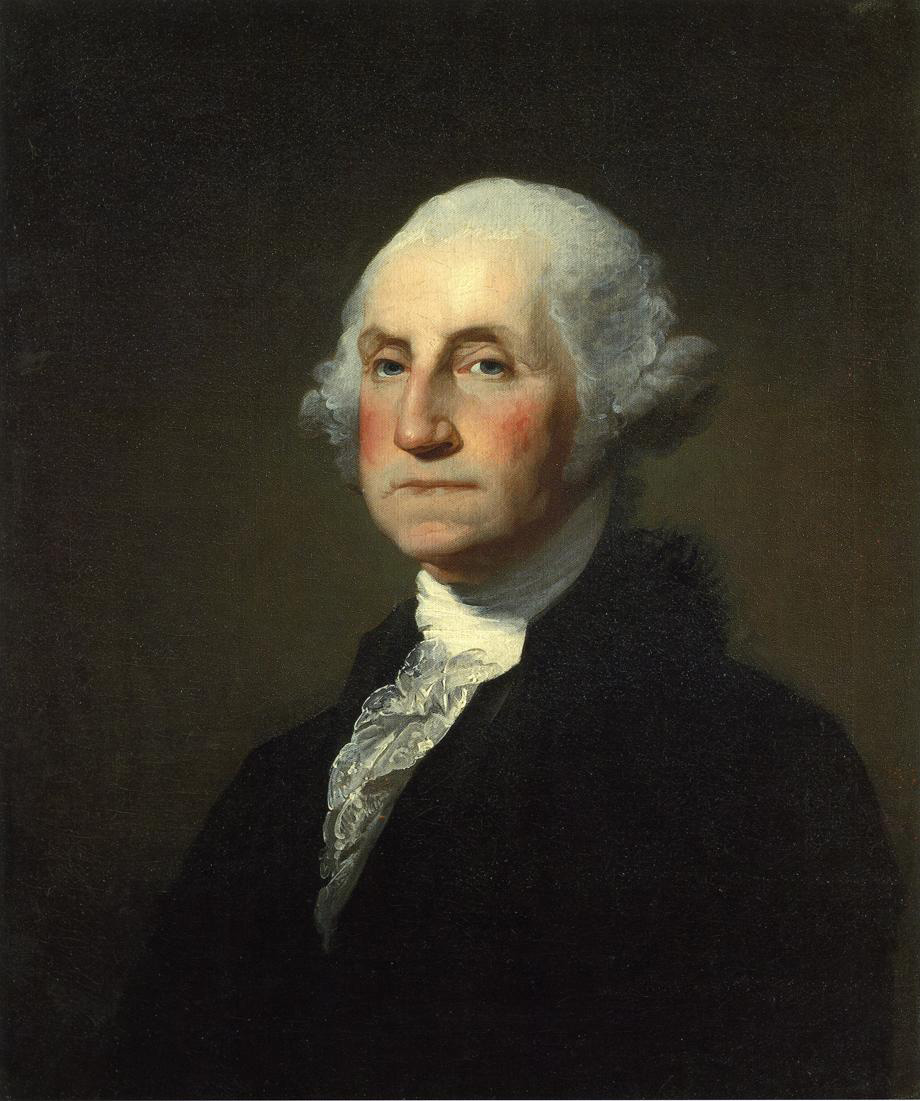
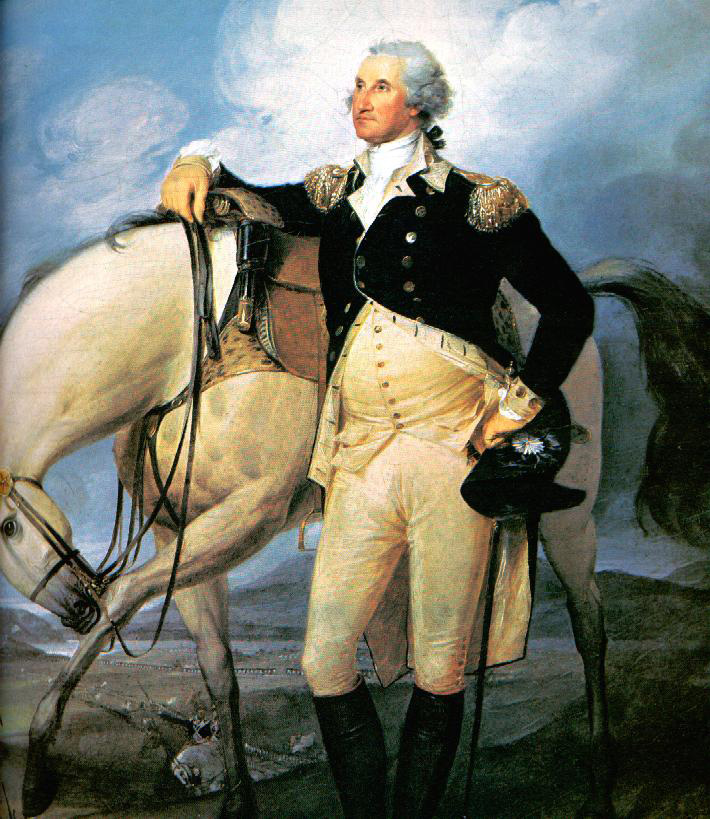
George Washington is unanimously elected as the first President of the United States by the U.S. Electoral College.
Wikipedia Painting: George Washington, 1st President of the United States, Gilbert Stuart Williamstown Portrait; George Washington at Valley Forge, John Trumbull Portrait
February 4th, 1794
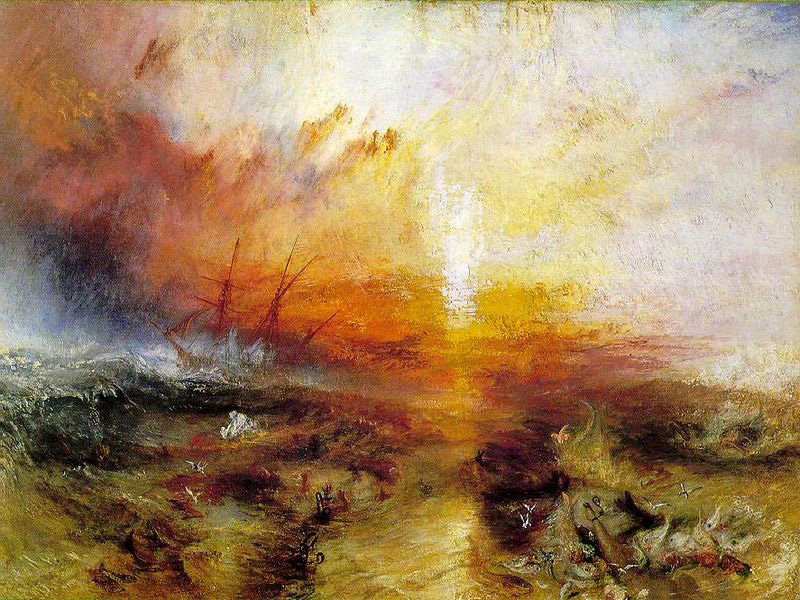
France abolishes slavery throughout all territories of the French Republic.
Wikipedia Painting: The Slave Ship, J. M. W. Turner's representation of the mass-murder of slaves, inspired by the Zong Massacre.
February 4th, 1801
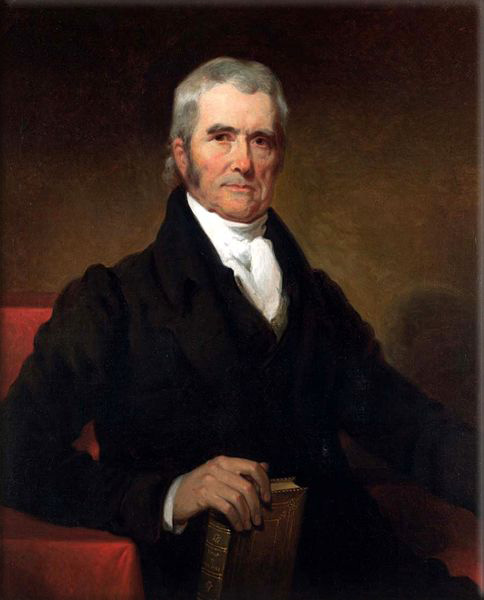
John Marshall is sworn in as Chief Justice of the United States.
Wikipedia Painting: John Marshall (September 24, 1755 – July 6, 1835) was the Chief Justice of the United States (1801–1835) whose court opinions helped lay the basis for American constitutional law and made the Supreme Court of the United States a coequal branch of government along with the legislative and executive branches, by Henry Inman 1831.
February 4th, 1810
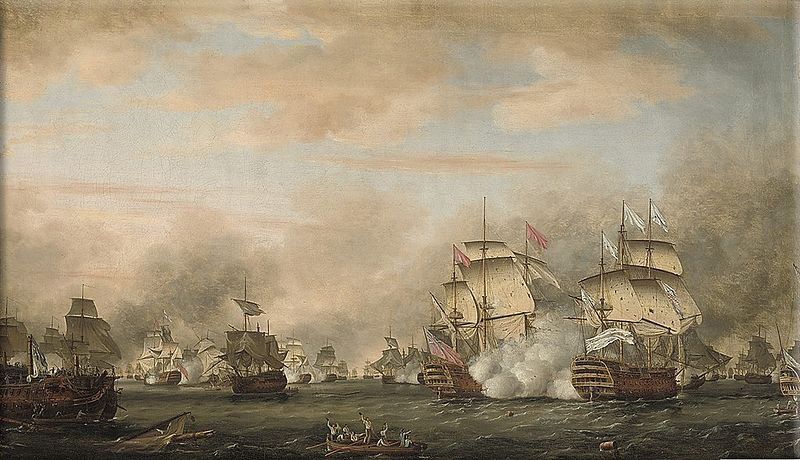
The Royal Navy seizes Guadeloupe.
Wikipedia Painting: Battle of the Saintes 12 April 1782; surrender of the Ville de Paris by Thomas Whitcombe, painted 1783, shows Hood's HMS Barfleur, centre, attacking the French flagship Ville de Paris, right.
February 4th, 1820

Capture of Valdivia: The Chilean Navy under the command of Lord Cochrane completes the 2 day long Capture of Valdivia with just 300 men and 2 ships.
Wikipedia Painting: Fall of Valdivia; in the Chilean naval and maritime museum.
February 4th, 1825
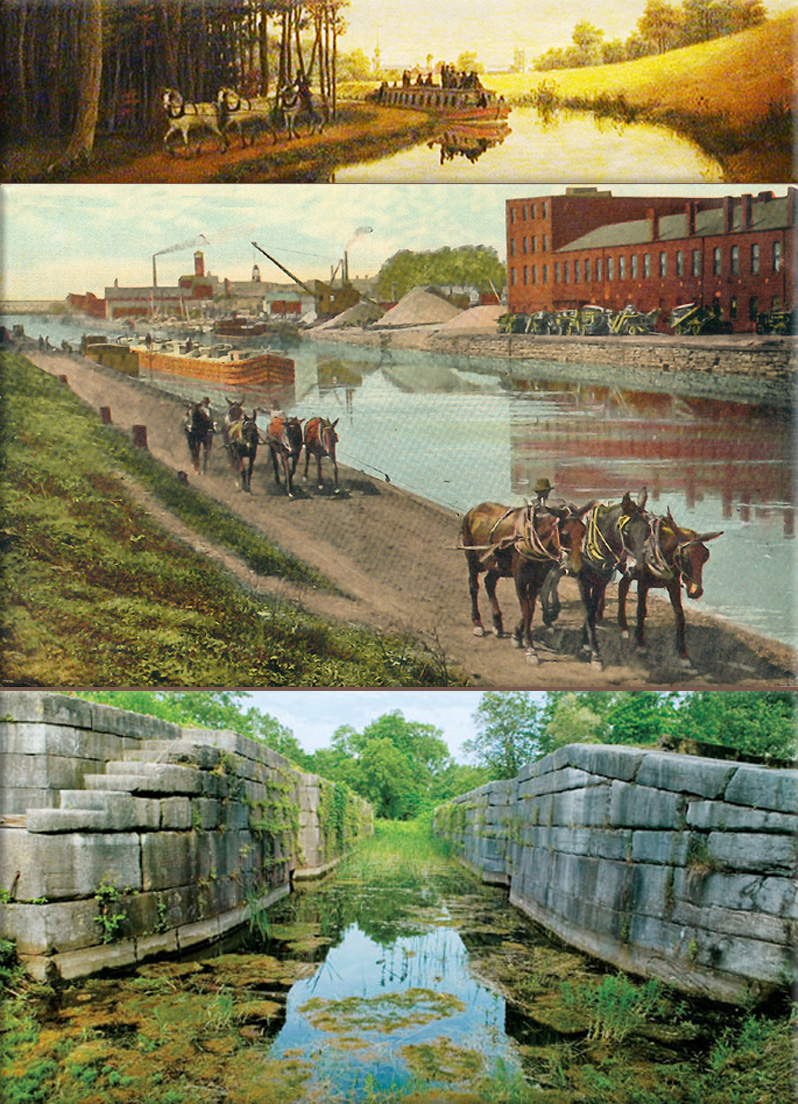
The Ohio Legislature authorizes the construction of the Ohio and Erie Canal and the Miami and Erie Canal.
Wikipedia Painting: Erie Canal - George Harvey: Pittsford on the Erie Canal, 1837 courtesy: Memorial Art Gallery of the University of Rochester ● "Along the Erie Canal, Buffalo, N.Y." (No. M 71, Buffalo News Co., Buffalo, N.Y.) - Postcard; not postmarked; approximately 1908 ● Lock 16 hand cut limestone of the original Erie Canal preserved Saint St Johnsville New York on the Mohawk River.
February 4th, 1846

The first Mormon pioneers make their exodus from Nauvoo, Illinois westward towards Utah Territory.
Wikipedia Painting: Mormons head west for Salt Lake City carrying all their possessions in two-wheeled handcarts.
February 4th, 1861
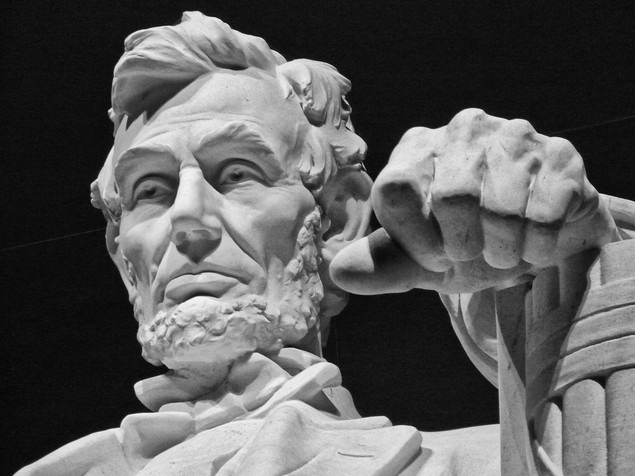
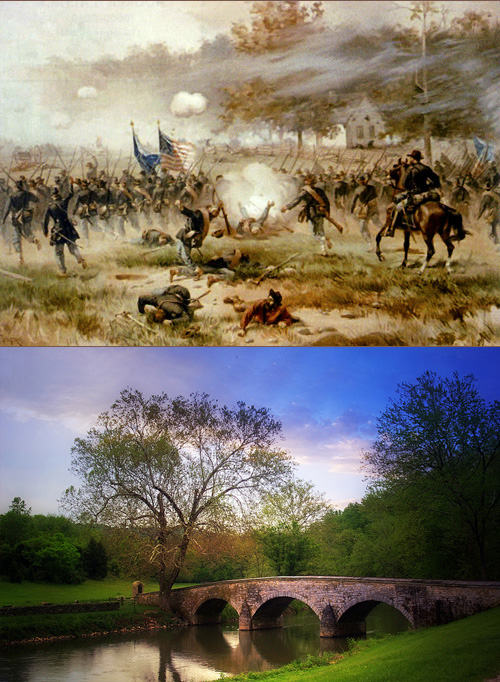
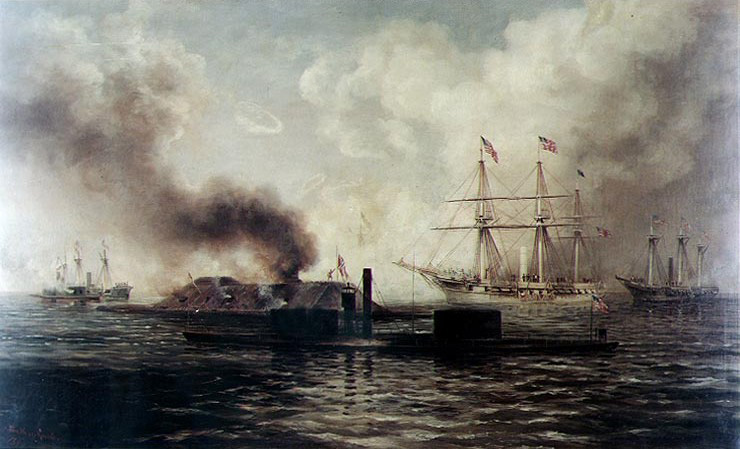
American Civil War:
1861 - In Montgomery, Alabama, delegates from six break-away U.S. states meet and form the Confederate States of America.
Wikipedia Image: ● Lincoln Memorial; an American national monument built to honor the 16th President of the United States, Abraham Lincoln - located on the National Mall in Washington, D.C. across from the Washington Monument.
● The northern army led by George McClellan and the southern army led by Robert E. Lee met at Antietam Creek, Maryland in September, 1862. It was a bloody battle where 13,000 Confederates and 12,000 Union troops died in just one day. McClellan had hesitated to attack before the battle thus letting the southern troops regroup. Also, he had saved reserves and refused to use them at the end of the battle thinking that Lee was holding reserves for a counterattack, even though those reserves didn't exist. The Union victory stopped Lee's northward advance and was a turning point in the war.
● Battle of Antietam / Stone Bridge at Antietam Battlefield - Sharpsburg, Maryland
● Battle of Mobile Bay (1890) by Xanthus Russell Smith.
● Although photography was still in its infancy, war correspondents produced thousands of images, bringing the harsh realities of the frontlines to those on the home front in a new and visceral way. The Atlantic.
February 4th, 1899
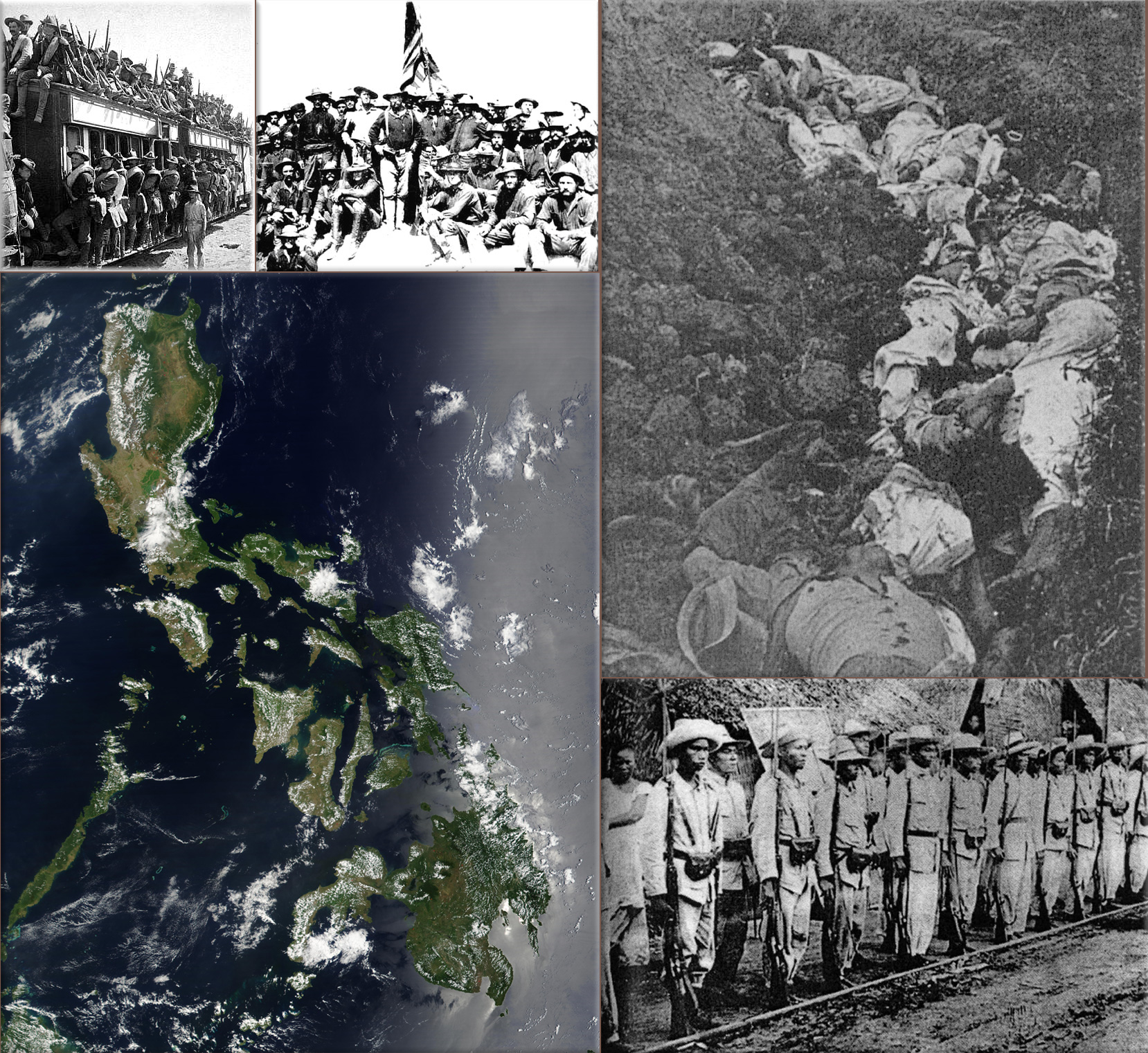
Philippine-American War:
1899 - begins with the Battle of Manila.
Wikipedia Image: Philippine-American War; 17th U.S. Infantry boarding a train for the front in the Philippines; Lt. Colonel Theodore Roosevelt on 1 July 1898. he is pictured along with his fellow 'Rough Riders'; Photographs of dead Filipino soldiers lying in trenches were often taken by U. S. soldiers and journalists and included in commemorative albums (F. Tennyson Neely, Fighting in the Philippines: A Photographic Record of the Philippine-American War (London, 1899); Sonnichsen, quoted in Russell Roth, Muddy Glory: America’s “Indian Wars” in the Philippines, 1899-1935 (West Hanover, MA, 1981); Soldiers of the Philippine Republic (From Leon Wolff, Little Brown Brother: How the United States Purchased and Pacified the Philippines (Garden City, NY, 1961)), photographs after p. 49); Satellite image of Philippines, NASA.
February 4th, 1932
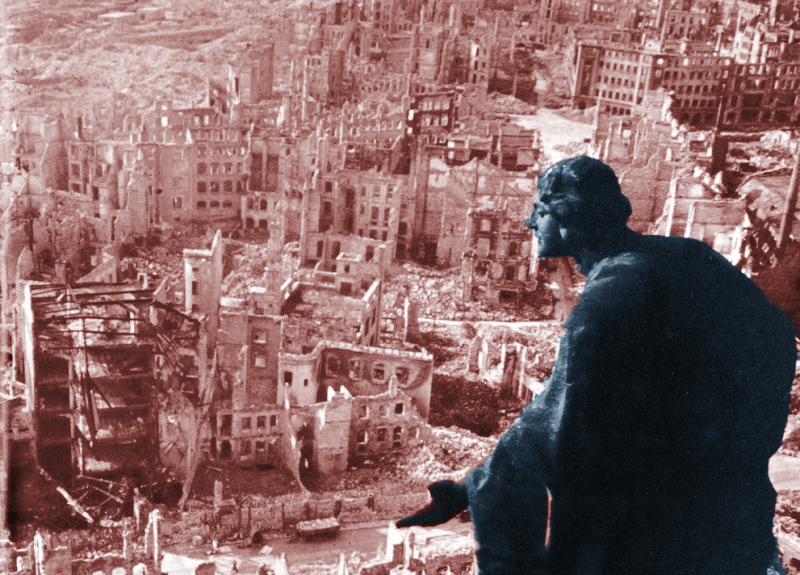

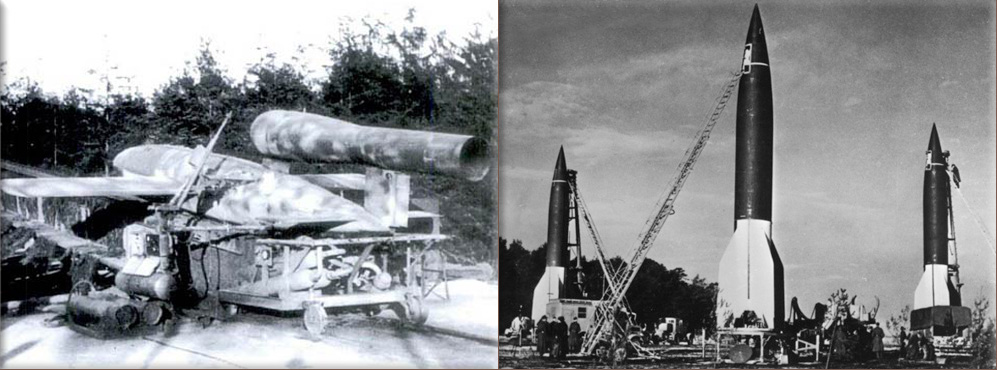
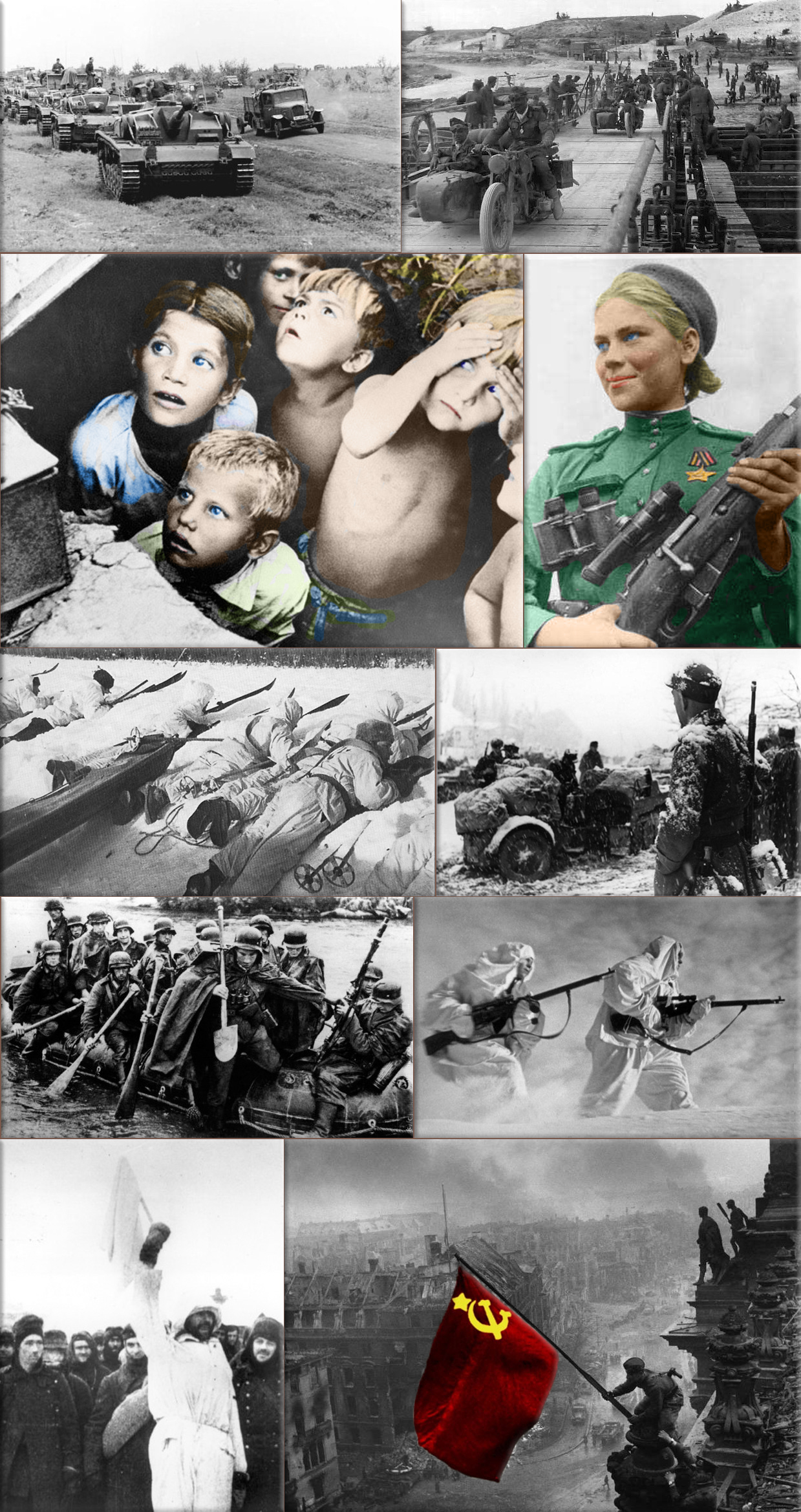
Pre World War II:
1932 - Second Sino-Japanese War; Defense of Harbin - Harbin, Manchuria falls to Japan.
1936 - Radium becomes the first radioactive element to be made synthetically.
World War II:
1941 - The United Service Organization (USO) is created to entertain American troops.
1945 - The Yalta Conference between the "Big Three" (Churchill, Roosevelt and Stalin) opens at the Livadia Palace in the Crimea.
1945 - Battle of Pokoku and Irrawaddy River operations; The British Indian Army and Imperial Japanese Army begin a series of battles.
Post World War II:
1948 - Ceylon (later renamed Sri Lanka) becomes independent within the British Commonwealth.
Wikipedia Photo: Bombing of Dresden in World War II; August Schreitmüller's sculpture 'Goodness' surveys Dresden after a firestorm started by Allied bombers in 1945.
USS Bunker Hill was hit by kamikazes piloted by Ensign Kiyoshi Ogawa and another airman on 11 May 1945. 389 personnel were killed or missing from a crew of 2,600; Ensign Kiyoshi Ogawa, who flew his aircraft into the USS Bunker Hill during a Kamikaze mission on 11 May 1945; Kamikaze Missions - Lt Yoshinori Yamaguchi's Yokosuka D4Y3 (Type 33 Suisei) "Judy" in a suicide dive against USS Essex. The dive brakes are extended and the non-self-sealing port wing tank is trailing fuel vapor and/or smoke 25 November 1944.
German V1 flying-bomb and V2 Rockets - Preparations for a Salvo Launch of V-2 Rockets in the Heidelager near Blizna (Poland) (1944), credit German History in Documents and Images GHDI.
Eastern Front (World War II); Germans race towards Stalingrad. August 1942; Soviet children during a German air raid in the first days of the war, June 1941, by RIA Novosti archive; Soviet sniper Roza Shanina in 1944. About 400,000 Soviet women served in front-line duty units Caucasus Mountains, winter 1942/43; Finnish ski patrol: the invisible enemy of the Soviet Army with an unlimited supply of skis; Men of the German Engineers Corps cross a river which is swollen after the first autumn rains, to strengthen bridges linking the German positions on the central front in Russia. by Keystone / Getty Images. October 1942; Russian snipers fighting on the Leningrad front during a blizzard. Photo by Hulton Archive / Getty Images, 1943; German soldiers surrendering to the Russians in Stalingrad, the soldier holding the white flag of surrender is dressed in white so that there could be no doubt of his intentions, a Russian soldier is on the right of the photograph. by Keystone / Getty Images, January 1943.
February 4th, 1938

The Snow White and the Seven Dwarfs is released nationwide in the United States, the first feature-length film to use cel animation.
Wikipedia Photo: Snow White and the Seven Dwarfs (film) 1937 poster ● An Authorized Book, naa.gov.au ● Paint Book.
February 4th, 1974

The Symbionese Liberation Army kidnaps Patty Hearst in Berkeley, California.
Wikipedia Photo: Patricia Hearst from a Symbionese Liberation Army publicity photo / Patty Hearst’s Comeback, Thanks to the Dog. Seth Wenig, Associated Press
February 4th, 1974

1974 - M62 coach bombing; The Provisional Irish Republican Army (IRA) explodes a bomb on a bus carrying off-duty British Armed Forces personnel in Yorkshire, England - Nine soldiers and three civilians are killed.
Wikipedia Photo: Irish Republican Army; Belfast, Northern Ireland.
February 4th, 2003
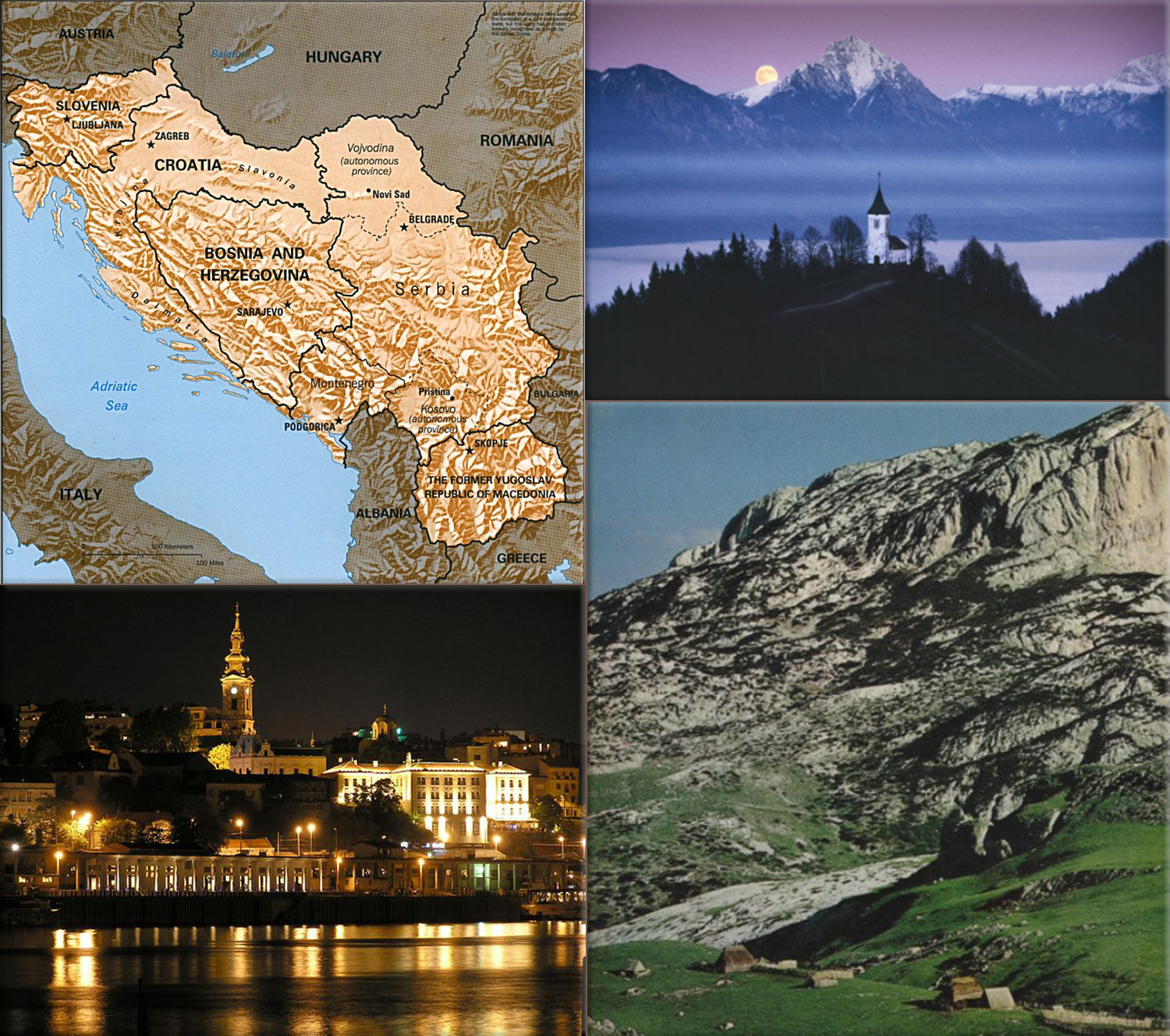
Federal Republic of Yugoslavia is officially renamed to Serbia and Montenegro and adopts a new constitution.
Wikipedia Map: Kingdom of Yugoslavia; Belgrade, Yugoslavia; A twilight moon rises above the Kamniske mountains and Slovenia’s Sava River Valley, Slovenia, credit National Geographic; Yugoslavia, November 1977, credit National Geographic.
February 4th, 2004

Facebook, a mainstream online social networking site, is founded by Mark Zuckerberg.
Wikipedia Image: Facebook; a social networking service launched in February 2004, owned and operated by Facebook, Inc.
February 4th, 2010

Federal Court of Australia's ruling in Roadshow Films v iiNet sets a precedent that Internet service providers (ISPs) are not responsible for what their users do with the services the ISPs provide them.
Wikipedia Image: Internet.
February 4th, 2015

Aviation accidents and incidents:
2015 - A TransAsia Airways Flight 235; A TransAsia Airways aircraft with 58 people on board, en route from the Taiwanese capital Taipei to Kinmen, crashes into the Keelung River just after take-off, killing at least 31 people..
Wikipedia Photo: ● Pan AM 747 ● U.S. Airways flight 1549 also known as the "Miracle on the Hudson" navigates an exit ramp near Burlington, New Jersey, June 5, 2011 ● Passengers stand on the wings of a U.S. Airways plane as a ferry pulls up to it after it landed in the Hudson River in New York, Reuters ● US Airways plane crashes into New York Hudson River, Photo: AP
